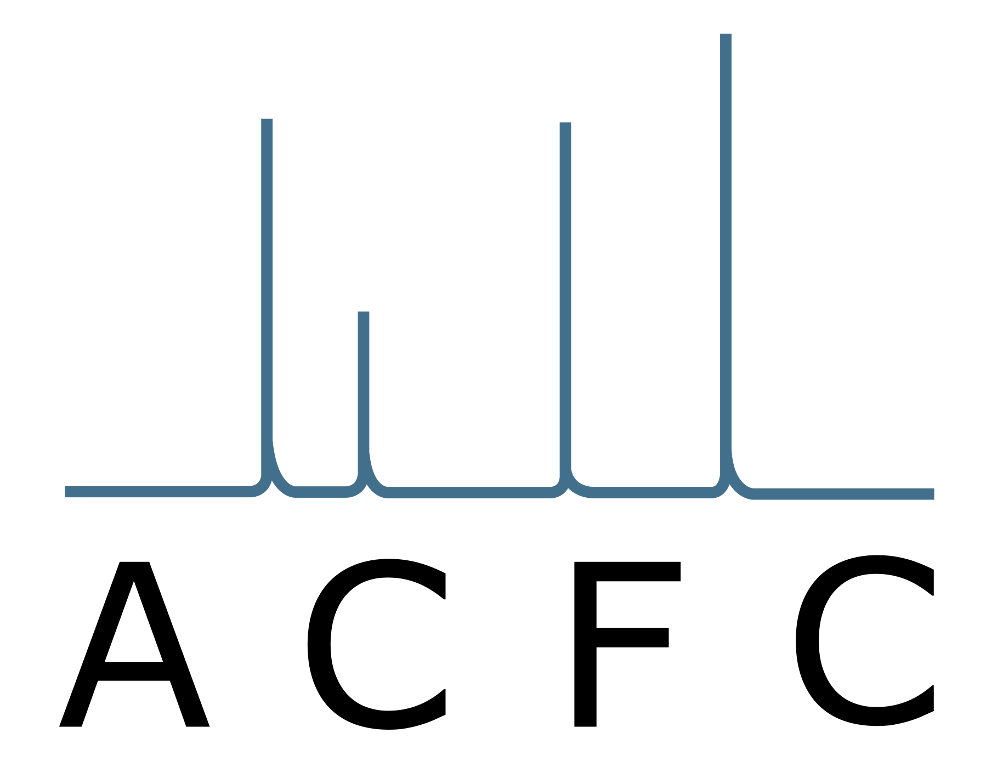SmellProcess – Emission-Reduction Measures During Pellet Production
In recent years wood pellets have been investigated along the entire supply chain sustaining the high quality of the product wood pellet. Beside fuel characteristics also storage behaviour of wood pellets has been examined. During storage of pellets, various compounds like carbon monoxide (CO), carbon dioxide (CO2) and volatile organic compounds (VOCs) are formed, and the oxygen (O2) in the surrounding air decreases simultaneously. The reason for the release of emissions is the degradation of natural wood components like resins or fatty acids. This topic is the so-called off-gassing phenomenon. Research on the off-gassing phenomenon is focusing on two aspects, i) the toxic atmosphere caused by formation of CO and depletion of O2 and ii) the release of odoractive VOCs which can be perceived as uncomfortable or very unpleasant. However, both effects do have in common that they cause insecurity to the enduser, which in turn leads to high efforts of the whole pellet industry to improve the storage properties by reducing the formation of toxic and odoractive emissions.
Thus the project SmellProcess was initiated by proPellets Austria in cooperation with the three Austrian research institutions BIOENERGY 2020+ Gmbh, Graz University of Technology - Institute of Analytical Chemistry and Food Chemistry and Holzforschung Austria. Within a project duration of two years potential measures during the pellets production itself are established for the first time. The research aims at identifying and analysing influencing factors in pellets production on storage properties. For this purpose, various (process-related) parameter variations are performed in industrial as well as in pilot scale pelletizing experiments. In this regard additive utilisation, raw material blendings, moisture and temperature conditions as well as posttreatment factors in the pelletizing process are considered, and, a number of industry-partners have been involved in the design of the experiment. Moreover, close cooperation among the three institutions enables a comprehensive characterization of the pellets with respect to their storage properties. Feedstock properties, release rates of CO and VOCs, identification of odoractive VOCs as well as particular physical and mechanical properties of the produced pellets have been investigated.
Research: Bioenergy 2020+ GmbH, Holzforschung Austria
Funded by the proPellets Austria, industrial partners and the FFG
Funded by the proPellets Austria, industrial partners and the FFG
